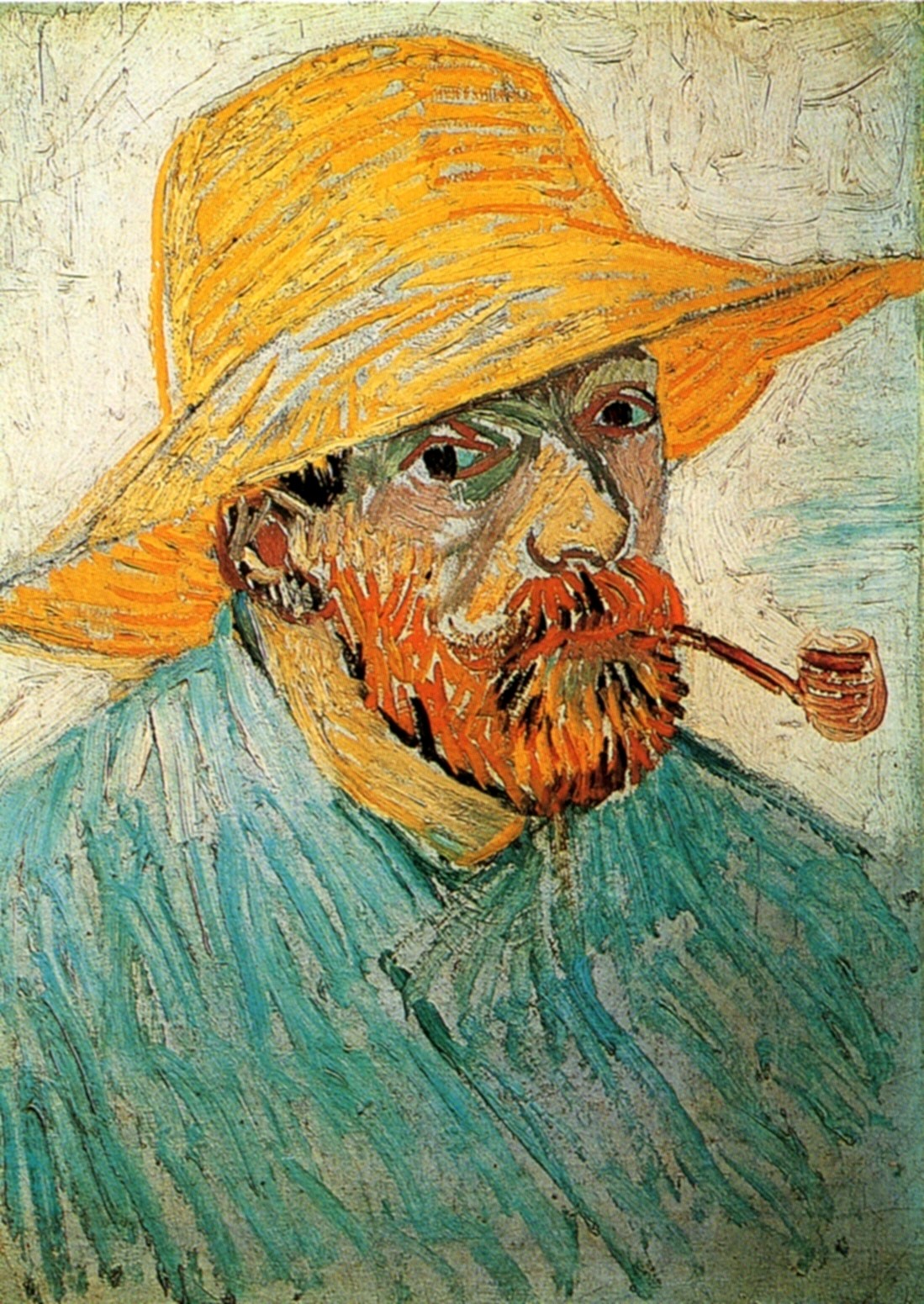

In another instance, he informed her that “painting oneself isn’t easy,” but “one wants a deeper resemblance than that of the camera.” “I personally still find photos dreadful and don’t want to have any, especially of people I know and love,” Vincent informed his sister Wil. He loathed what was then a relatively new technical invention, which answers why we don’t have any images of him as an adult. Vincent believed that portraiture (and, consequently, self-portraiture) could do what cameras could not. This is why most of us are as enthralled by his unique life as we are by his incredible paintings. We frequently hope to gain an understanding of Van Gogh’s character and thinking when we gaze at his self-portraits.

From Fauvism through Abstract Expressionism, these approaches and practices came to characterize many following contemporary movements. Van Gogh expressed subjective feelings through an impetuous, expressive layering of paint and symbolic pigments. His self-destructive genius was mirrored in the lives of countless artists during the 20th century. Van Gogh’s volatile personal temperament came to be associated with the romantic ideal of the anguished artist. Despite causing him great grief during his lifetime, Van Gogh’s mental condition supplied the frenetic basis for his emotive renditions of his environment, imbuing each painting with a deeper underlying psychological expression and significance. Van Gogh’s passion for conveying man’s and nature’s underlying spirituality culminated in a combination of style and substance that resulted in dramatic, inventive, repetitive, and emotive paintings that transmit far more than the subject’s plain look. Possible photo of Vincent van Gogh, 1886 Victor Morin Artiste-Photo, Public domain, via Wikimedia Commons This fundamentally distinctive, expressive style has influenced artists and groups throughout the 20th century and up to the present moment, ensuring Van Gogh’s prominence for the foreseeable future.

Each picture conveys a clear sense of how the creator perceived each scenario, as seen through his vision, thoughts, and emotions. Van Gogh’s paintings, with thickly loaded, apparent brushstrokes presented in a brilliant, sumptuous palette, highlight his own personality brought to life in paint. Despite the fact that he only sold one single piece of art during his lifetime, Van Gogh is now considered one of the most famous artists in the world. Vincent Van Gogh, the legendary suffering artist, strived to communicate his spiritual and emotional condition in each of his creations. But which of his famous self-portraits are the most revered and where is the van Gogh self-portrait housed? We will answer these questions and more, but first, let us start with a brief introduction to the artist behind the self-portrait paintings. Vincent van Gogh’s paintings are defined by vivid colors and expressive, impulsive, and emotive brushwork, which helped lay the groundwork for contemporary art. 3.2 Where Is the van Gogh Self-Portrait Located?.3.1 Why Did Vincent van Gogh Make So Many Self-portraits?.



 0 kommentar(er)
0 kommentar(er)
